A timeline of Moggill history
The original occupants of the land were the Aboriginal Jagara and Turrbal people as evidenced by the ceremonial bora ring at the end of Riversleigh Road.
The name “Moggill” is said to be derived from ‘Magil’, the aboriginal word for Water Lizard in the Jagara’s Yugarubul language.
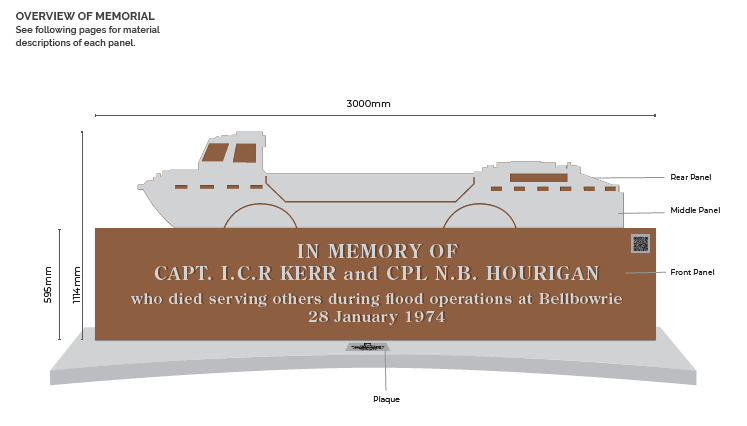
Over 676mm of rain falls in three days to 28 February. Brisbane River rises 3.8m causing widespread flooding in CBD but Moggill and Bellbowrie escape.
Moggill Shopping Village opens with Moggill Post Office and several food, service, and medical tenancies.
The population of the area reaches 11,612 including 1509 in Anstead, 5462 in Bellbowrie and 4641 in Moggill. The Census records that over one third of residents were born outside Australia.
Moggill Ferry is taken over by SeaLink Queensland and a new four-lane ferry brought into service. The cross-river journey takes three minutes.
Floods inundate approximately 100 homes and the shopping centre in Bellbowrie. A Flood Relief Centre is set up at Moggill Uniting Church.
Mirvac begins civil works on the 61-hectare Sanctuary site, spanning Witty, Moggill and Priors Pocket Roads, using land formerly belonging to the Westaway pineapple farm.
The last remaining pineapple farm in Moggill owned by the Westaway family is sold.
Moggill Country Club and golf course in Weekes Road closes and Kerdic Homes buys the 20 ha site for subdivision and redevelopment.
St Catherine's Mass and Community Centre opened in Moggill.
Brisbane City Council seals remaining council gravel roads. including Lather, Sugars, Kangaroo Gully from Sugars to Mt Crosby Road, Hawkesbury, Priors Pocket and Witty Roads.
Bellbowrie and District Sports and Recreation (BSRC) Association builds a hall on its Sugarwood Road Lease, granted by the Brisbane City Council in 1981.
The ferry service recommences with a 20-car, twin-cable driven ferry, the Stradbroke Star, operated by a private company, Ferry Services Pty Ltd.
The two-car Moggill ferry is withdrawn from service and plans for a bridge are announced by the Queensland Government but there is significant opposition from Moggill residents.
The suburbs of Anstead and Pinjarra Hills are declared from areas formerly in Moggill and Pullenvale.
Army reservists Capt Ian Kerr and Cpl Neville Hourigan are killed when their army LARC, returning from providing relief supplies, contacts high voltage powerlines at Pullen Pullen Creek.
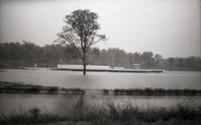
Bellbowrie Post Office opens in new Bellbowrie Shopping Centre and the Australia Day Flood inundates the newly built shopping centre.
Bellbowrie suburb formally named at a ceremony conducted by the Lord Mayor, Clem Jones. The name is thought to be an Aboriginal Expression meaning Place of the Flowering Gums.
Pony Riding for the Disabled, a horse-riding program for disabled children operated by June and Peter McIntyre in Kenmore, opens their new facility on the corner of Moggill and Mount Crosby Roads.
After an absence of public bus services for many years, Brisbane City Council introduces Moggill 4 service from Indooroopilly Station to Moggill School.
Developer John D Booker begins the ‘Bellbowrie’ subdivision.

Original Moggill State School building moved next door to become the Anglican Church building. It is moved on rollers bypassing the tennis courts to avoid disturbing the ant-bed surface
Riverside Coal Mine formally closes and Moggill General Store, opposite Moggill State School, is opened by Bill Lickiss, State Member for Mount Coot-tha.
Moggill Pony Club established in April. They meet at Le-Ridge on O’Brien Rd, Boyle’s paddock on Pullen Pullen Creek and then John Bird’s Paddock, Grandview Rd (now Pullenvale State School Oval).
Moggill Country Club established at the end of Weekes Road. A small 9-hole golf course is laid out down to the river’s edge
Electricity supply reaches the whole of Moggill.
St Catherine’s Church, Pullenvale opens on Grandview Road near Moggill Road, (named in honour of Catherine O’Brien who died in a fire in 1902).
Brisbane City Council acquires the Moggill Quarry.
Le Vale Pony Club established in Pullenvale, the first Pony Club in Queensland.
Moggill Ferry becomes motorised replacing the hand-operated pulley system.
The electricity supply from the Brisbane City Council reaches Moggill. The service was confined to Moggill Road and Priors Pocket Road using poles and cables erected for the army.
A coal mine caves in at Moggill trapping four men; one escapes and seeks help from farmer Charles Peters who helps dig them out.
The steering fails on a bus travelling from Moggill to the city causing it to overturn near Kenmore. 29 out of 35 passengers are injured, all but one come from Moggill or Pullenvale.
Moggill Post Office closes and mail has to be taken to Kenmore for posting.
A flame thrower experiment in Moggill to control a plague of caterpillars organised by the Department of Agriculture proves most successful killing millions of insects.




Fire destroys the Moggill State School teacher’s residence and the Head Teacher, Henry Guymer, loses all his possessions.
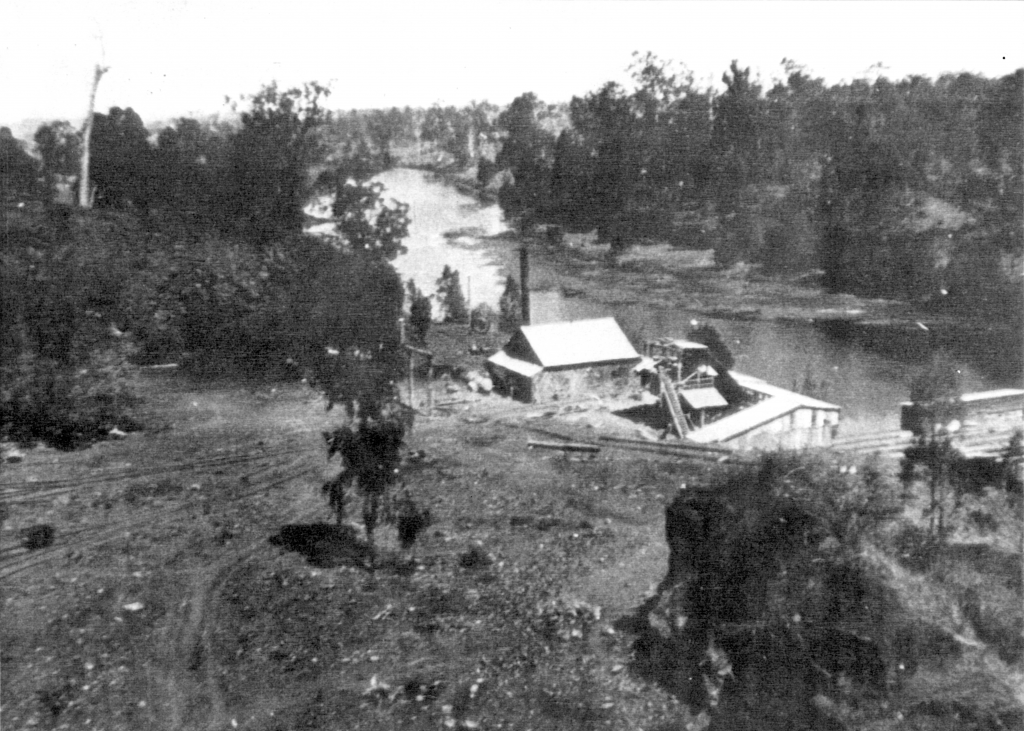

Frederick Sugars is killed at Sugars Quarry when a rock fall, caused by wet weather, overturns a nearby truck.
A tornado batters a small section of Moggill, shifting a house and destroying barns and poultry sheds on the Westcott and Bedwell farms
The Postmaster-General installs a manual telephone exchange at the Moggill home of Mr H. B. Aplin with some 20 customers connected for three hours per day in three one-hour periods.
Moggill Quarry taken over by Gravel, Sand and Metal Supply Ltd.
First discussions on a bridge to replace the ferry take place and subsequently, the Moggill Bridge League is formed by local residents in order to raise support for a bridge.
A dairy farmer, Mr A. S. Mackay discovers coal while digging a well for water and sets up the Riverside Collieries Pty Ltd at the junction of Moggill and Hawkesbury Roads.
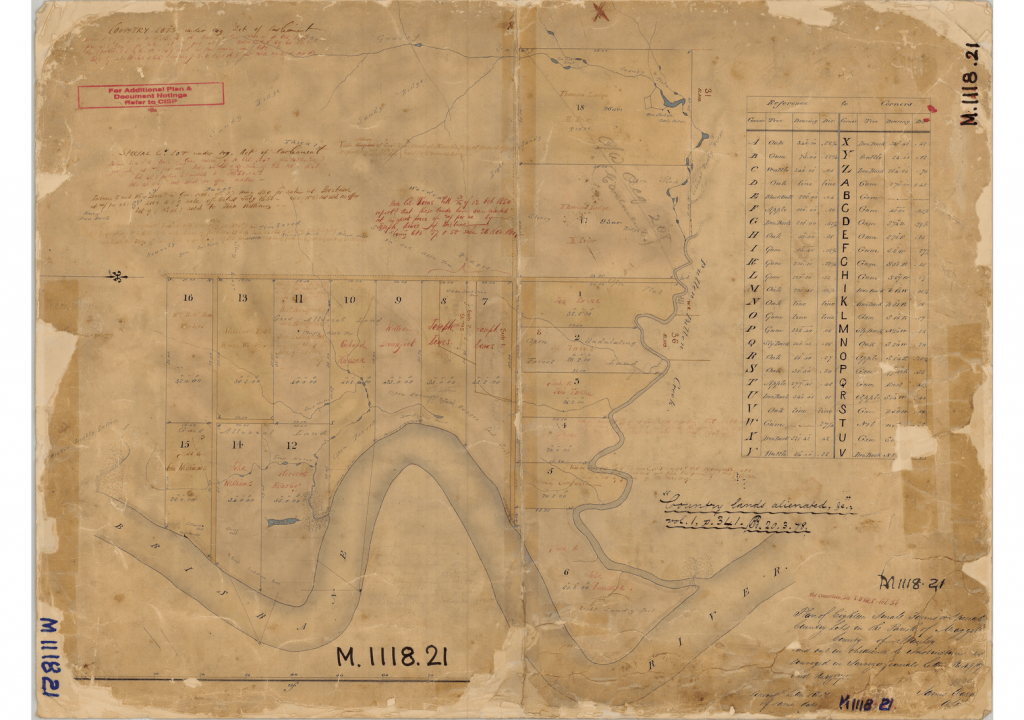

The Governor of Queensland, Sir Matthew Nathan, orders on 23 June that the land described as subdivision 2 of portion 7 and 8 in Moggill, be permanently reserved for a cemetery.
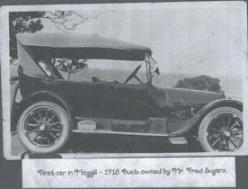

First car believed to be owned in Moggill is a 1918 Buick, owned by Fred Sugars.
Moggill Shire formed from Taringa Shire (originally Indooroopilly Shire). Moggill Shire includes present day Pullenvale, Upper Brookfield, Chapel Hill, Kenmore and Fig Tree Pocket.
Thomas Currie is the first man from Moggill to enlist for service in the Great War on 8 November. He serves in the 5th Light horse Regiment and sees action in Gallipoli and Egypt.
Homes and farm animals are swept away in Brisbane and John Williams’ coal mine, near the end of Weekes Road in Moggill, floods and caves in.
First water pipe mains supply from Mount Crosby to Brisbane is laid along Mt Crosby and Moggill Roads.
Planned auction of 200 16 perch blocks in Moggill Township Estate, on what is now Witty Road, fails to proceed. The Lane Gardens estate in the early 1970s sees many blocks finally developed.
Moggill Blue Metal Quarry opened by Thomas Sugars, four miles above the Bremer River and employing 20 men.
Moggill Ferry punt sinks and is replaced with a hand pulled, rope guided ferry. The cross-river journey takes 15 minutes
Indooroopilly Shire established, including Moggill.
Henry Stanley, a lucerne farmer of Riverview, provides a rowboat service across the river upgrading to a punt capable of carrying horses and drays in 1877.
Moggill Methodist Church is built at the corner of Moggill Road and Kangaroo Gully Road




Moggill State School opens with 53 Students enrolled. The sole teacher is John McAllister from County Antrim in Ireland.
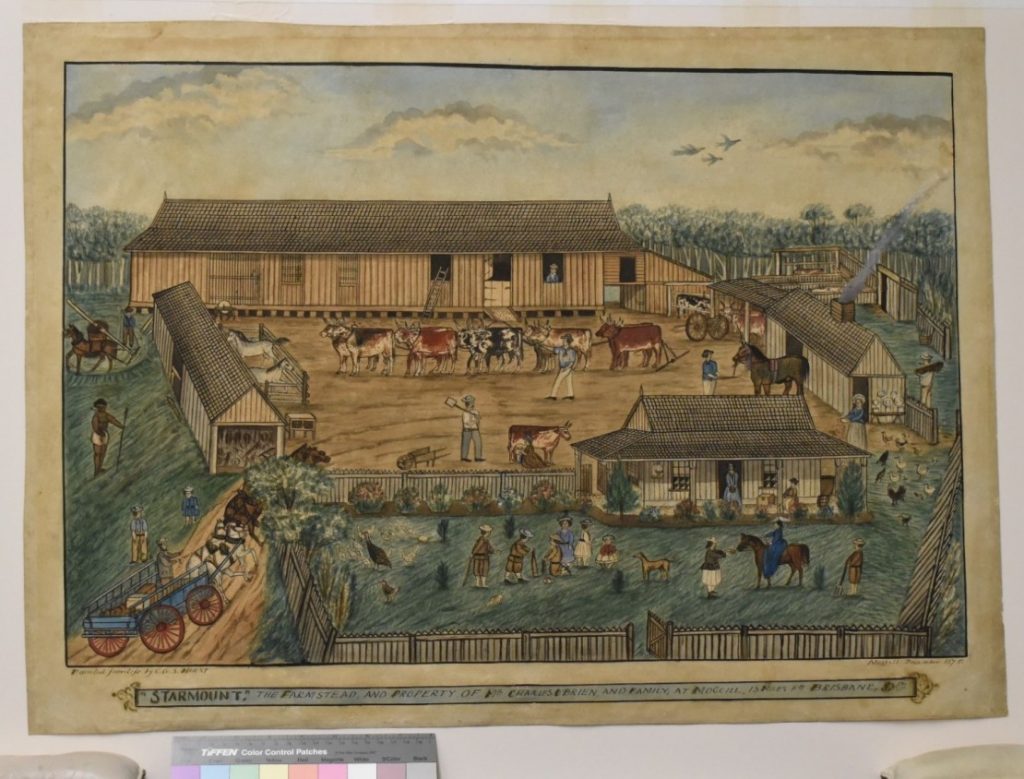

Charles O'Brien and his wife Catherine and family arrive in Brisbane from Northern Ireland. Charles selects land and establishes the 'Stormont' homestead on what is now O'Brien Road.
The first Post Office established at Moggill with James Shield as postmaster and storekeeper.
John Jones dies at Moggill Coal Mine and William Shields, the six-year-old son of James Shields, the mine superintendent, has a hand amputated after being crushed by the cog in a pump.
John Anstead, an “agricultural labourer” from south Devon in England, arrives in Brisbane and settles in an area south of Mt Crosby Road.
First Moggill Methodist (Wesleyan) Church service is held in the barn of Thomas and Hannah Makepeace on Moggill Road. Emily Ann Roper is the first burial in Moggill Cemetery on 23 March.
Joseph Lewis purchases portions 7 and 8 at Moggill and part of this land later becomes a temporary chapel and Moggill Cemetery.
Job Twine purchases Lot 1, Lot 2, Lot 3 and Lot 4 at Moggill to establish 'Grove Farm' on land now between Pullen Pullen Creek and Lather Rd, the first recorded Moggill property to be surveyed.
Thomas Murray-Prior buys land at Moggill on Pullen Pullen Creek then adds more riverfront land at Toocoobah, now Prior's Pocket. Thomas goes on to be Queensland’s first Postmaster-General.
The Moreton Bay land sale at the Police Office, Brisbane, includes land at Moggill Creek and Pullen Pullen Creek.
A plan prepared for the first land sales records William Shehan's cattle station on portion 18 in Moggill. A later map shows "Shean's Flat" near the present junction of Mt Crosby and Hawkesbury Rds.
The Moreton Bay Courier advises that land near "Moghill Creek" may be soon put up for sale, with settlers who arrived on the Fortitude given some assistance to purchase.
The first paddle steamer service commences operation from Brisbane to Ipswich along the Brisbane and Bremer rivers past Moggill, the trip taking four to seven hours.
John Petrie, a Scottish-born politician, architect and stonemason, discovers coal at Moggill, probably near the present Weekes Road.
Lieutenant John Oxley names the Brisbane River, in honour of Governor Thomas Brisbane and explores 25 miles upstream to “Termination Plains” - rich flats of land, now named Prior’s Pocket.
